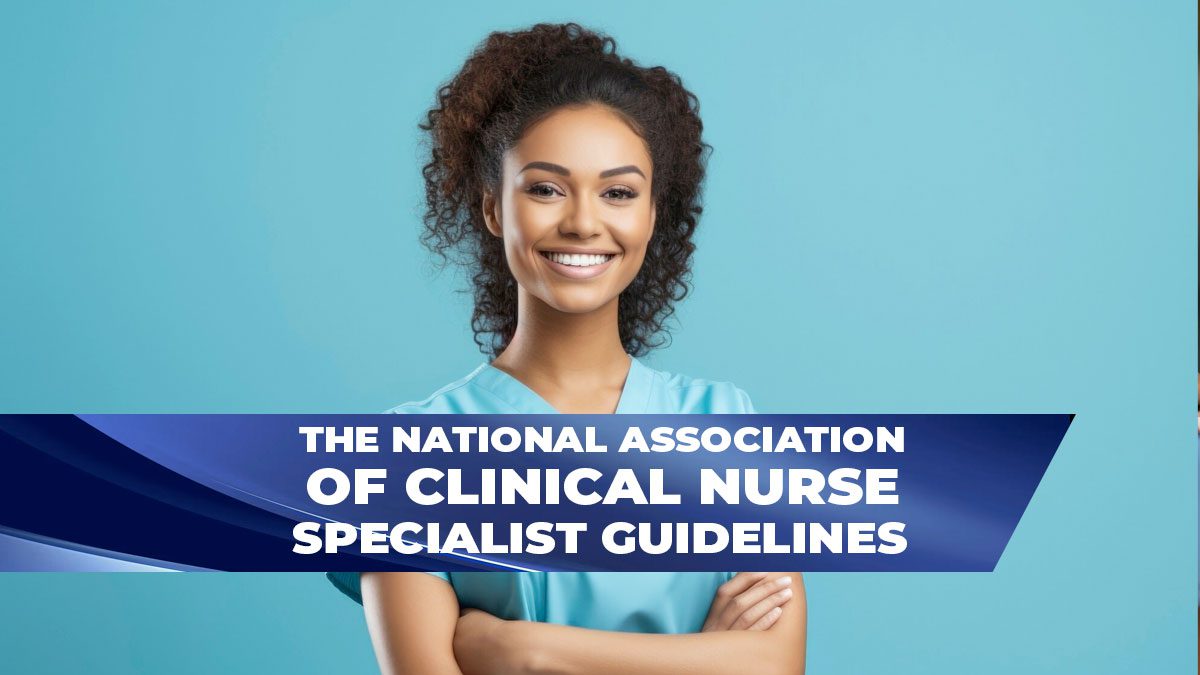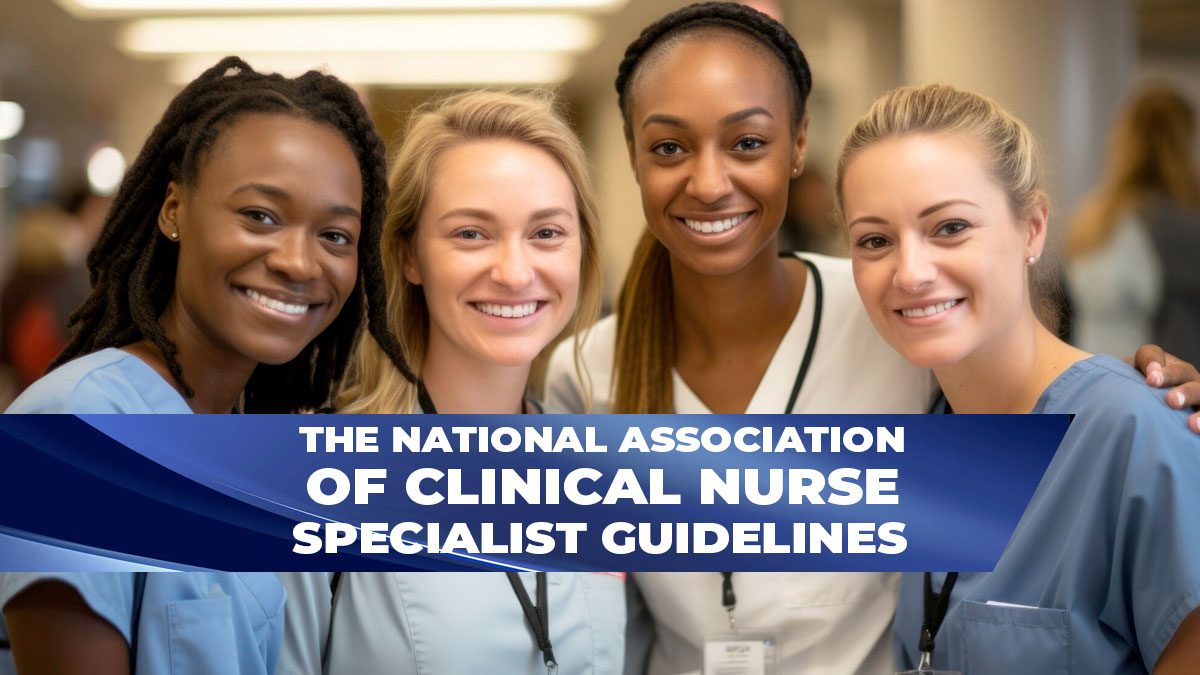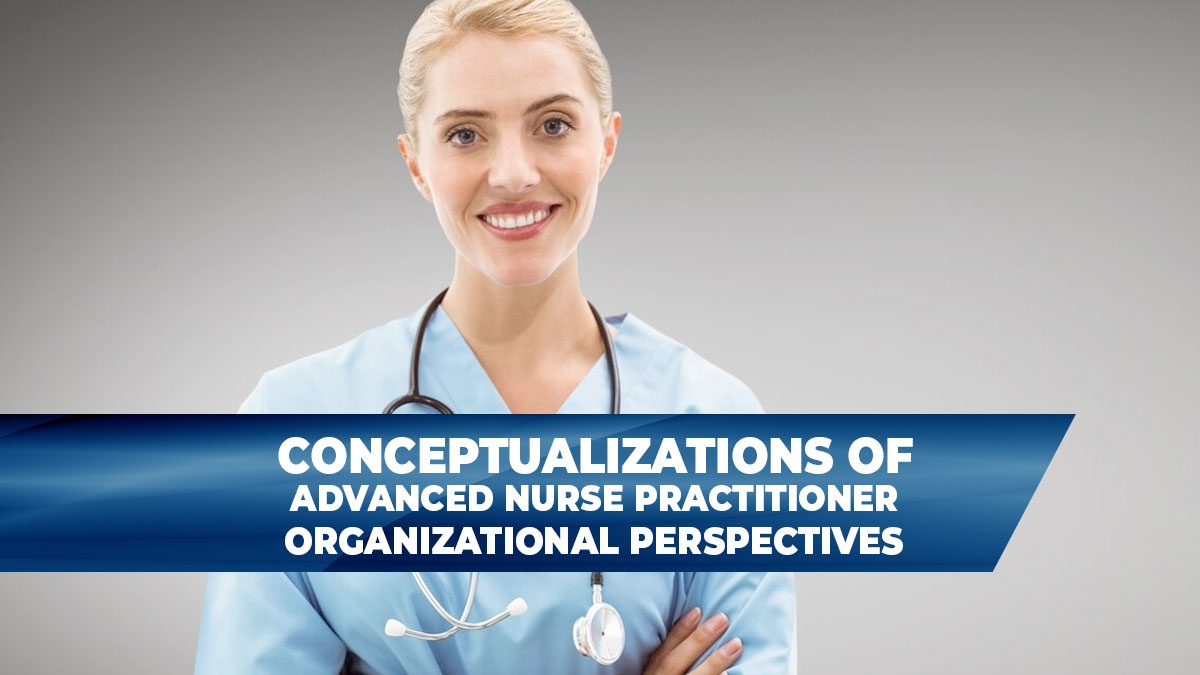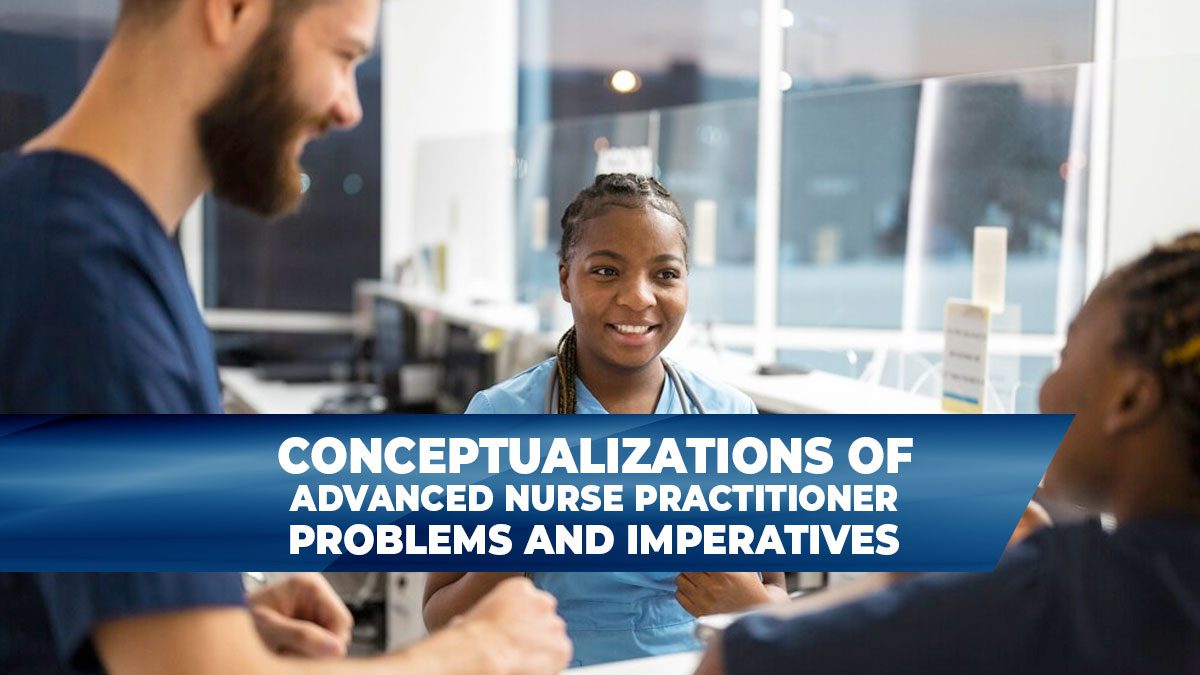American Association of Nurse Anesthesiology: Elevating CRNA Practice Standards to New Heights
The American Association of Nurse Anesthesiology (AANA) has been a driving force in shaping the practice standards and competencies of Certified Registered Nurse Anesthetists (CRNAs) in the United States. Recognized as Advanced Practice Registered Nurses (APRNs) within the APRN Consensus Model, CRNAs are expected to adhere to high standards of practice, ethics, and patient care as outlined by the AANA. These expectations are rooted in documents such as the Scope of Nurse Anesthesia Practice and the Standards for Nurse Anesthesia Practice, which provide a comprehensive framework for CRNA responsibilities and professional conduct.
The AANA’s official statements, released in 2019 and 2020, emphasize the importance of patient-centered, high-quality, and safe anesthesia care. These documents are closely aligned with the DNP Essentials (AACN, 2006) and the ANA Scope and Standards (ANA, 2021), ensuring that CRNAs possess the advanced competencies required for their critical roles in healthcare.
Scope of Nurse Anesthesia Practice
The Scope of Nurse Anesthesia Practice, as defined by the AANA, outlines the key responsibilities of CRNAs. These include professional roles such as education, licensure, certification, and accountability, as well as clinical anesthesia practice, leadership, advocacy, and policymaking. The document not only details the current landscape of CRNA practice but also looks ahead to the future, emphasizing the need for continued professional development and adaptation to changing healthcare environments.
Standards for Nurse Anesthesia Practice
The Standards for Nurse Anesthesia Practice serve as a guide for CRNAs, ensuring that they provide consistent, high-quality anesthesia care. The 14 Standards cover various aspects of practice, from pre-anesthetic preparation and evaluation to post-anesthesia care and patient safety. These standards are designed to assist the public in understanding the CRNA’s role in anesthesia care and to support CRNAs in delivering the best possible outcomes for their patients.
Educational Advancements: The Shift to Doctoral Degrees
Initially, the AANA did not endorse the Doctor of Nursing Practice (DNP) as a requirement for entry into CRNA practice. However, this stance evolved over time. In 2019, the Council on Accreditation of Nurse Anesthesia Educational Programs revised its accreditation standards, mandating that students entering accredited programs on or after January 1, 2022, must graduate with a doctoral degree by January 1, 2025. This significant change reflects the growing emphasis on advanced education and the need for CRNAs to be equipped with the highest level of clinical and leadership skills.
| Name | American Association of Nurse Anesthesiology (AANA) |
|---|---|
| Founded | 1931 |
| Purpose | Advocate for CRNA practice, education, and professional standards |
| Key Documents | Scope of Nurse Anesthesia Practice, Standards for Nurse Anesthesia Practice |
| Accreditation | Council on Accreditation of Nurse Anesthesia Educational Programs |
| Key Educational Requirement | Doctoral degree for CRNAs by January 1, 2025 |
| Official Website | AANA Website |
CRNA’s Scope and Standards of Practice
The scope and standards of CRNA practice are pivotal in defining the roles and responsibilities of nurse anesthetists. The AANA’s Scope of Nurse Anesthesia Practice document delves into various aspects of the profession, including clinical competencies, patient care responsibilities, and the broader professional role of CRNAs. This document is essential for understanding the full extent of a CRNA’s duties and the expectations set forth by the AANA.
Ethics and Professionalism in CRNA Practice
Ethical practice is at the core of CRNA responsibilities, and the AANA’s standards emphasize the importance of maintaining the highest ethical standards in all aspects of patient care. This includes adhering to the principles of patient autonomy, confidentiality, and informed consent, as well as maintaining professional boundaries and avoiding conflicts of interest.
Advocacy and Leadership
The AANA plays a crucial role in advocating for CRNAs at both the state and national levels. This includes lobbying for legislative changes that support CRNA practice autonomy and working to ensure that CRNAs are recognized as integral members of the healthcare team. The AANA also provides leadership opportunities for CRNAs, encouraging them to take on roles that influence healthcare policy and practice.
FAQs about the American Association of Nurse Anesthesiology
Q: What is the role of the American Association of Nurse Anesthesiology?
A: The AANA advocates for the interests of CRNAs, sets professional standards, and provides educational resources to ensure the highest level of anesthesia care.
Q: What are the key documents associated with the AANA?
A: The key documents include the Scope of Nurse Anesthesia Practice and the Standards for Nurse Anesthesia Practice, which define the roles, responsibilities, and standards of CRNA practice.
Q: What is the significance of the DNP requirement for CRNAs?
A: The DNP requirement ensures that CRNAs are equipped with advanced clinical and leadership skills, aligning with the highest standards of patient care and professional practice.
Q: How does the AANA influence CRNA education?
A: The AANA, through the Council on Accreditation of Nurse Anesthesia Educational Programs, sets accreditation standards and educational requirements for CRNA programs, including the shift towards doctoral-level education.
Q: Where can I find more information about the American Association of Nurse Anesthesiology?
A: You can visit the official AANA website at AANA Website for more information.










